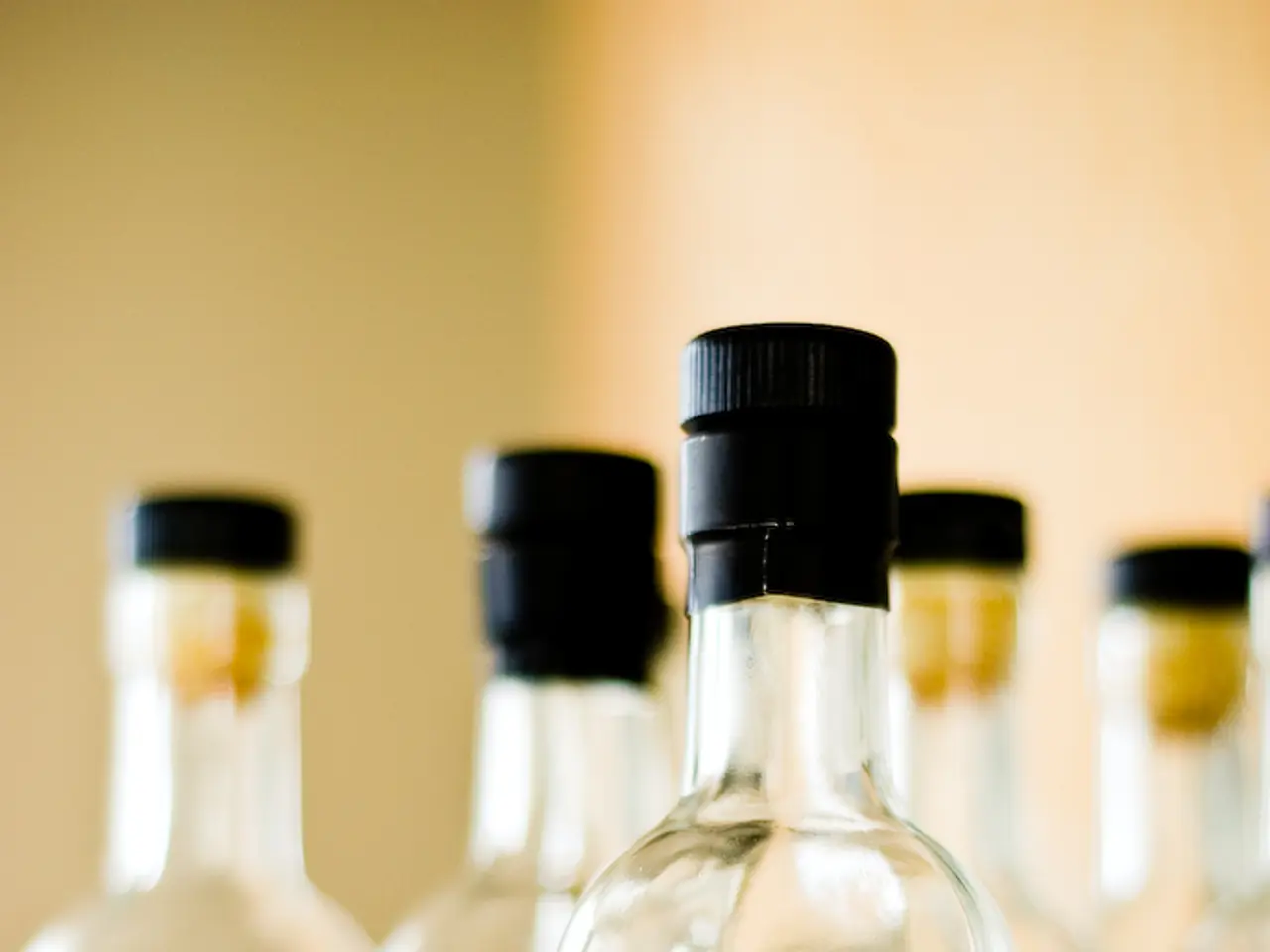Safe Driving Time After Consumption of Alcohol
In the realm of road safety, one topic that stands out as crucial is the impact of alcohol on driving abilities. Here's a breakdown of the key points surrounding this issue, designed to help you make informed decisions.
Firstly, it's important to note that the legal limit for blood alcohol concentration (BAC) in the United States is 0.08 g/dL, a figure higher than the 0.05 g/dL limit used by many European countries. This limit determines both how drunk you feel and whether you're legally considered too impaired to drive.
Alcohol impairs judgement, slows reaction time, makes it hard to focus on driving, affects ability to control the car or speed, reduces coordination, and inhibits the ability to track moving objects. These effects can start to manifest even if you're well under the legal limit, potentially leading to legal problems.
The liver processes around 1 ounce of liquor per hour, which is roughly one standard drink. However, the average time for the liver to metabolize alcohol is about one hour per standard drink, but this can vary depending on factors such as body weight, sex, age, genetic background, liver health, and the presence of other substances like medications or food in the stomach. Overconsumption or chronic intake can lead to toxic byproducts like acetaldehyde that can damage liver cells.
To help keep alcohol from impairing your ability to drive, consider setting a limit of how many drinks you consume in one sitting before you start drinking, give your body time to process the alcohol by sipping and alternating with nonalcoholic drinks, stick with drinks with a lower alcohol content, and have something to eat before you drink and nibble on snacks while you're drinking.
It's also worth noting that the only thing that lowers your BAC is time. A small shot of liquor takes about 1 hour to metabolize, a pint of beer takes about 2 hours, and a large glass of wine takes about 3 hours to metabolize.
Unfortunately, the internet is full of advice and miracle potions that claim to help you sober up faster, but none of these work or have any kind of scientific evidence to back them up.
It's important to remember that alcohol affects everyone differently, so while some may be able to function normally and drive safely at the legal limit, plenty of others can't. With someone dying in a drunk driving accident every 50 minutes in the United States, the safest bet is to not get behind the wheel after drinking.
In 2018, 1,878 people were killed in alcohol-related crashes involving drivers with BACs below the legal limit in the United States, emphasising the need for caution and responsible drinking. Make other arrangements for a ride home before drinking, or take the time to sleep it off before driving.
Your safety and the safety of others on the road are paramount. By being aware of the effects of alcohol on driving and making responsible choices, we can all contribute to a safer driving environment.
Read also:
- What is the expected timing for the flu season in this current year?
- Essential Information on Cushing Syndrome: a Disorder Caused by High Cortisol Levels
- Starting in September, elderly individuals aged 75 years and above will be enrolled in a preventive program for Respiratory Syncytial Virus (RSV).
- Financial burdens associated with alcohol-induced offenses and criminal justice system expenses




